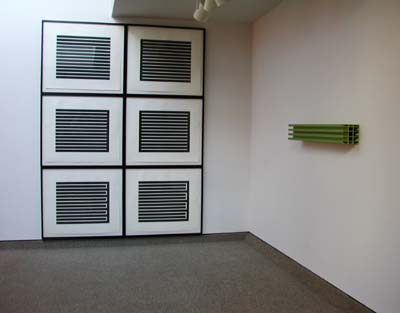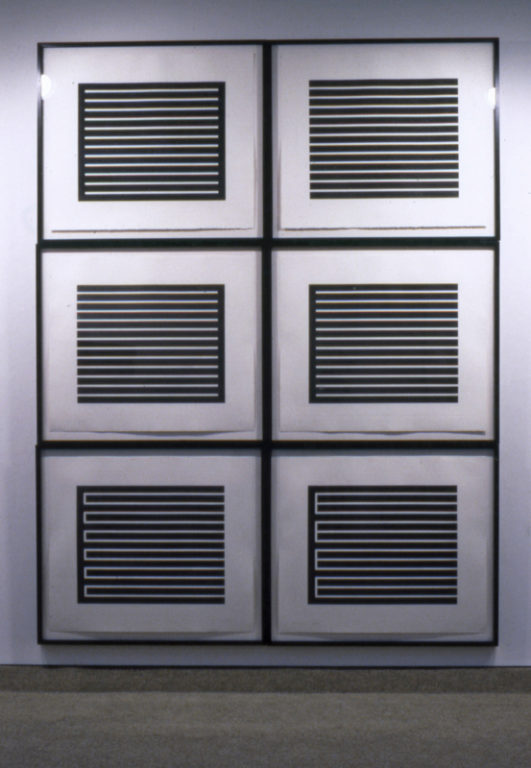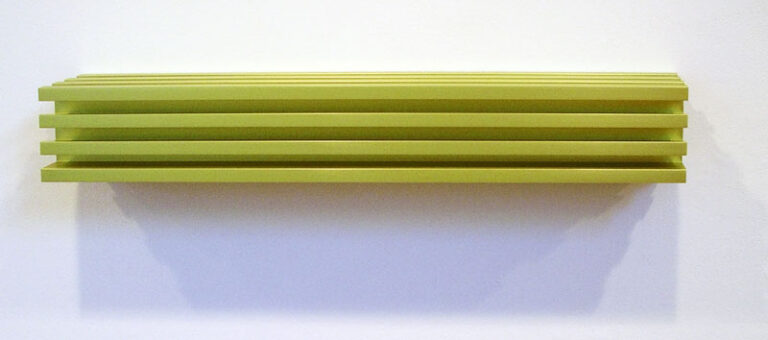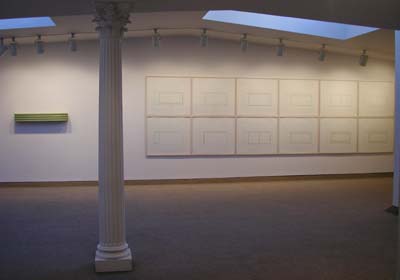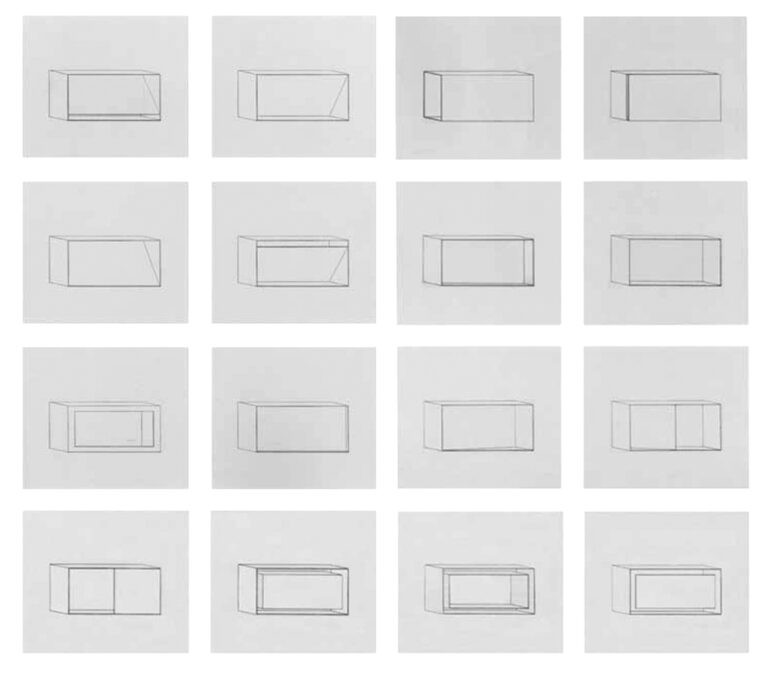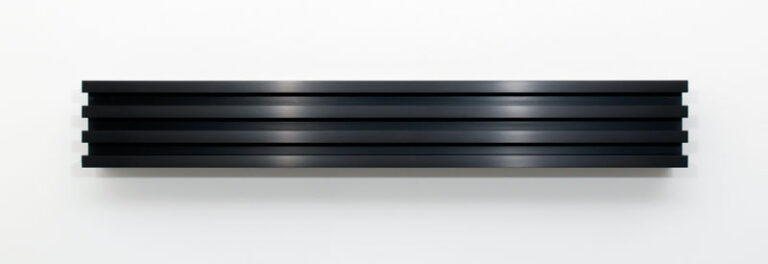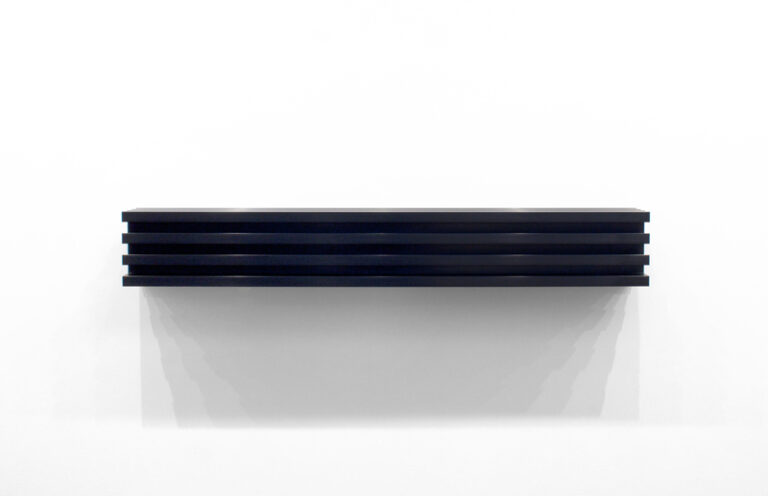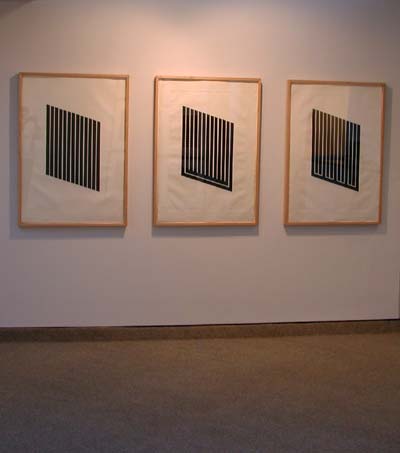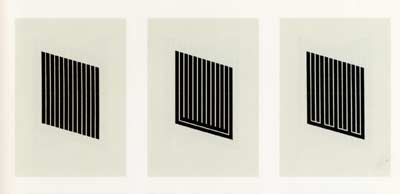Untitled
1980
Set of six aquatints in black
Edition of 150
28 3/4 x 33 3/4 inches each
Signed lower right on each sheet in graphite
(Inventory #9388)
Untitled
1980
Set of six aquatints in black
Edition of 150
28 3/4 x 33 3/4 inches each
Signed lower right on each sheet in graphite
(Inventory #9388)
